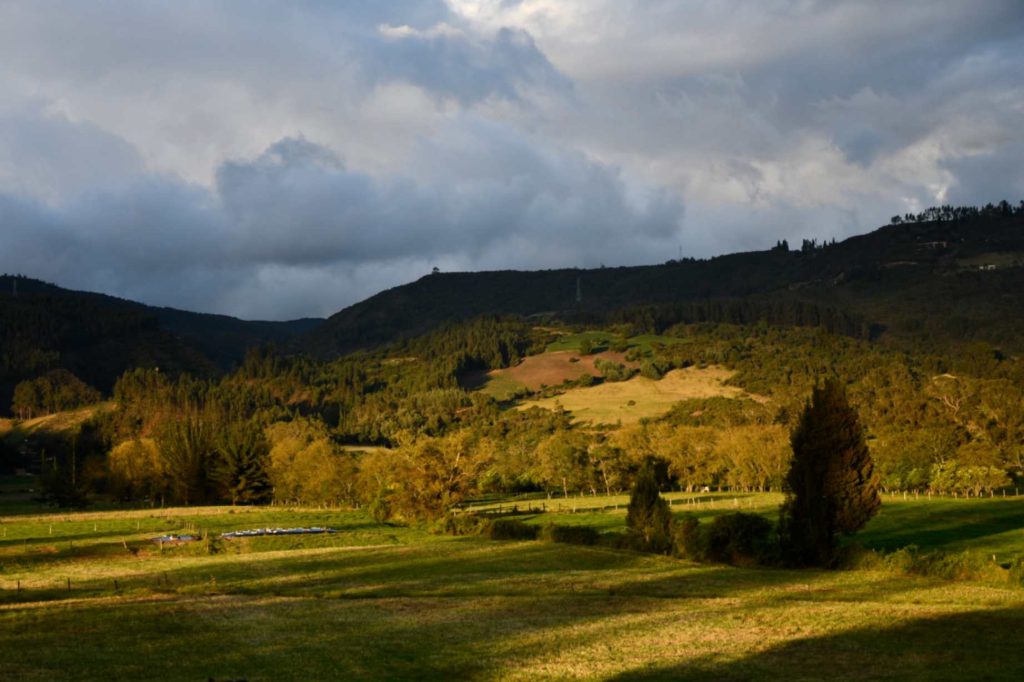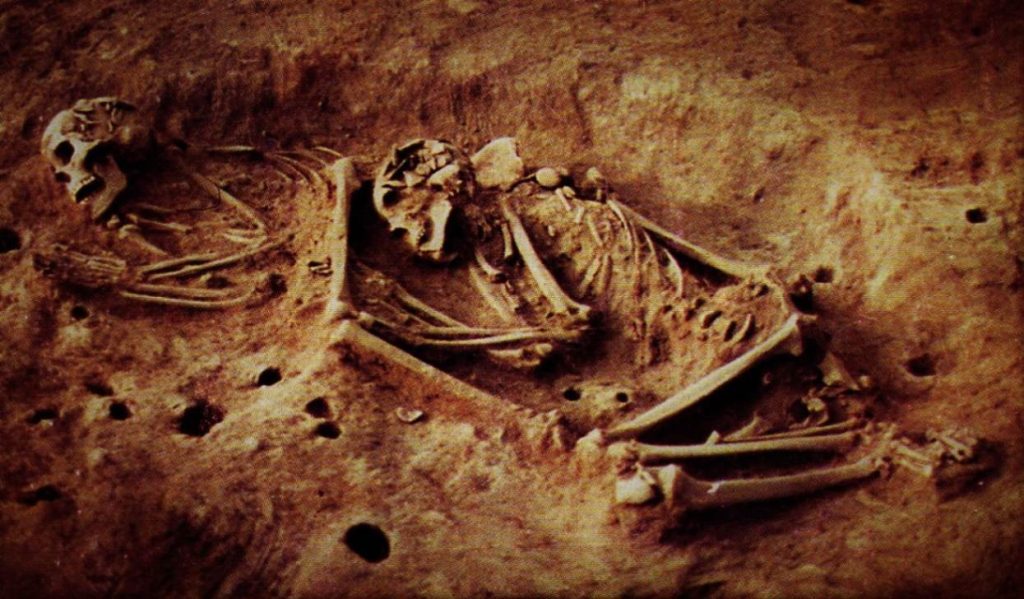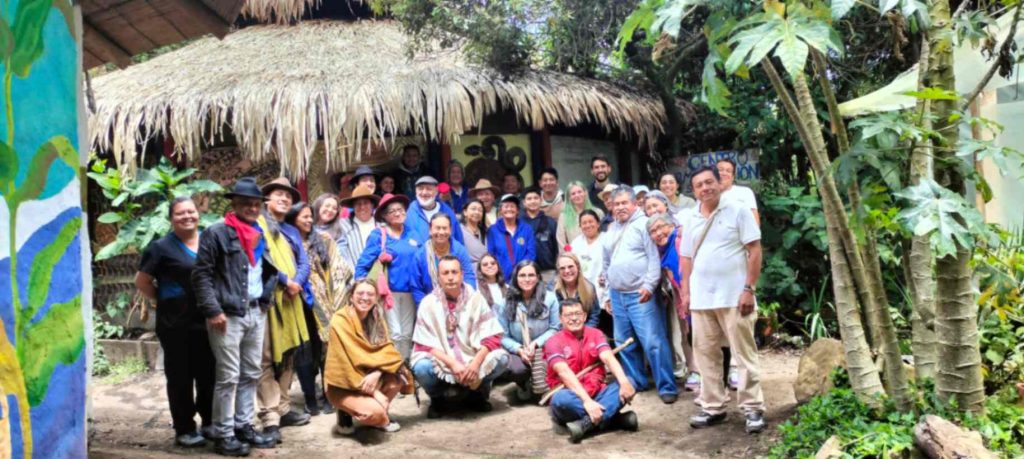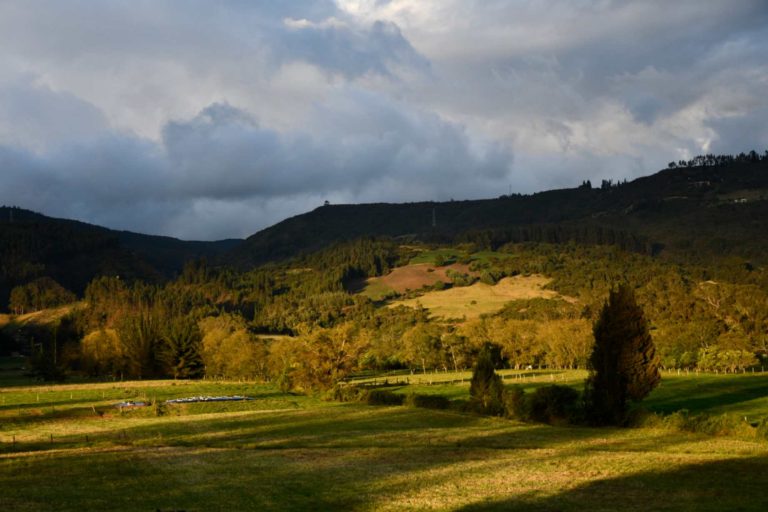Tracing genetic trails: Colombia’s early hunter-gatherers disappeared completely
People coming from the north settled South America. The first hunter-gatherers entered the continent from the region of what is Colombia today and then spread out from there. An international research team from the University of Tübingen, the Senckenberg Centre for Human Evolution and Palaeoenvironment and the National University of Colombia (Universidad Nacional de Colombia) have now found genetic evidence of a previously unknown, early population. These early settlers of the high plains around Bogotá, the Altiplano, have been dated back to 6000 years ago. They represent a population that has yet to be described. They disappeared 2000 years ago at the latest and were replaced by a second migration from Central America. The study has been published in the journal Science Advances.

The research team investigated the genetic material of 21 individuals from five archaeological sites on the Colombian high plains. Senior study author Professor Cosimo Posth from the University of Tübingen says,
“These are the first ancient human genomes from Colombia ever to be published.”
The genetic samples were taken from bones and teeth, and cover a time period of almost 6000 years, until shortly before the start of Spanish colonization. The oldest individuals come from the Checua excavation site north of Bogotá, at an elevation of around 3000 meters.
Complete change of population
The genomes from the Checua site belong to individuals from a comparatively small population of hunter-gatherers on the Altiplano.

“Our results show that the Checua individuals derive from the earliest population that spread and differentiated across South America very rapidly,”
says the study’s first author, Kim-Louise Krettek, of the Senckenberg Centre for Human Evolution and Palaeoenvironment. What surprised the researchers was that the genetic material of these people dis-appeared completely and can no longer be detected in individuals from the region who are around 2000 years old. Krettek explains,
“We couldn’t find descendants of these early hunter-gatherers of the Colombian high plains – the genes were not passed on. That means in the area around Bogotá there was a complete exchange of the population.”
The genetic examinations suggest the culture of the Altiplano which followed came via people from Central American regions.
“In addition to technological developments such as ceramics, the people of this second migration probably also brought the Chibchan languages into what is present-day Colombia. Branches of this language family are still spoken in Central America today,” says co-author Andrea Casas-Vargas of the Universidad Nacional de Colombia.
“That genetic traces of the original population disappear completely is unusual, especially in South America,” Casas-Vargas adds. Up to now, strong genetic continuity has been observed in the population of the Andes and the southern cone of South America over long time periods and cultural changes, she elaborates. “And it was that way as well in the populations which followed the hunter-gatherers in the Bogotá Altiplano until the arrival of European conquerors about 500 years ago, although in this region there was massive cultural change with the development of the Muisca culture,” says Casas-Vargas.
Genetic history is not cultural history
“Questions about history and origins touch upon a sensitive area of the self-perception and identity of the Indigenous population,” says Cosimo Posth. He continues, “The genetic disposition must not be viewed as equal to cultural identity.” That is why – before they concluded their work, the research team from Tübingen and Bogotá – interacted with the Guardia Indígena Muisca, the living descendants of the Muisca culture in the high plains of Bogotá. Says Posth, “As scientists addressing questions relevant to the Indigenous communities in Colombia, we respect and value the wealth of community-based knowledge.”

Bibliographic information:
Kim-Louise Krettek, Andrea Casas-Vargas, Alex Mas-Sandoval, Leonardo Arias Alvis, Ella Reiter, Julie Moncada Madero, Matthias Urban, Juan Camilo Niño Vargas, William Usaquén, Jose Vicente Rodríguez Cuenca, Cosimo Posth, A 6000-year-long genomic transect from the Bogotá Altiplano reveals multiple genetic shifts in the demographic history of Colombia, Science Advances, DOI: https://doi.org/10.1126/sciadv.ads6284
Press release from the University of Tübingen.



